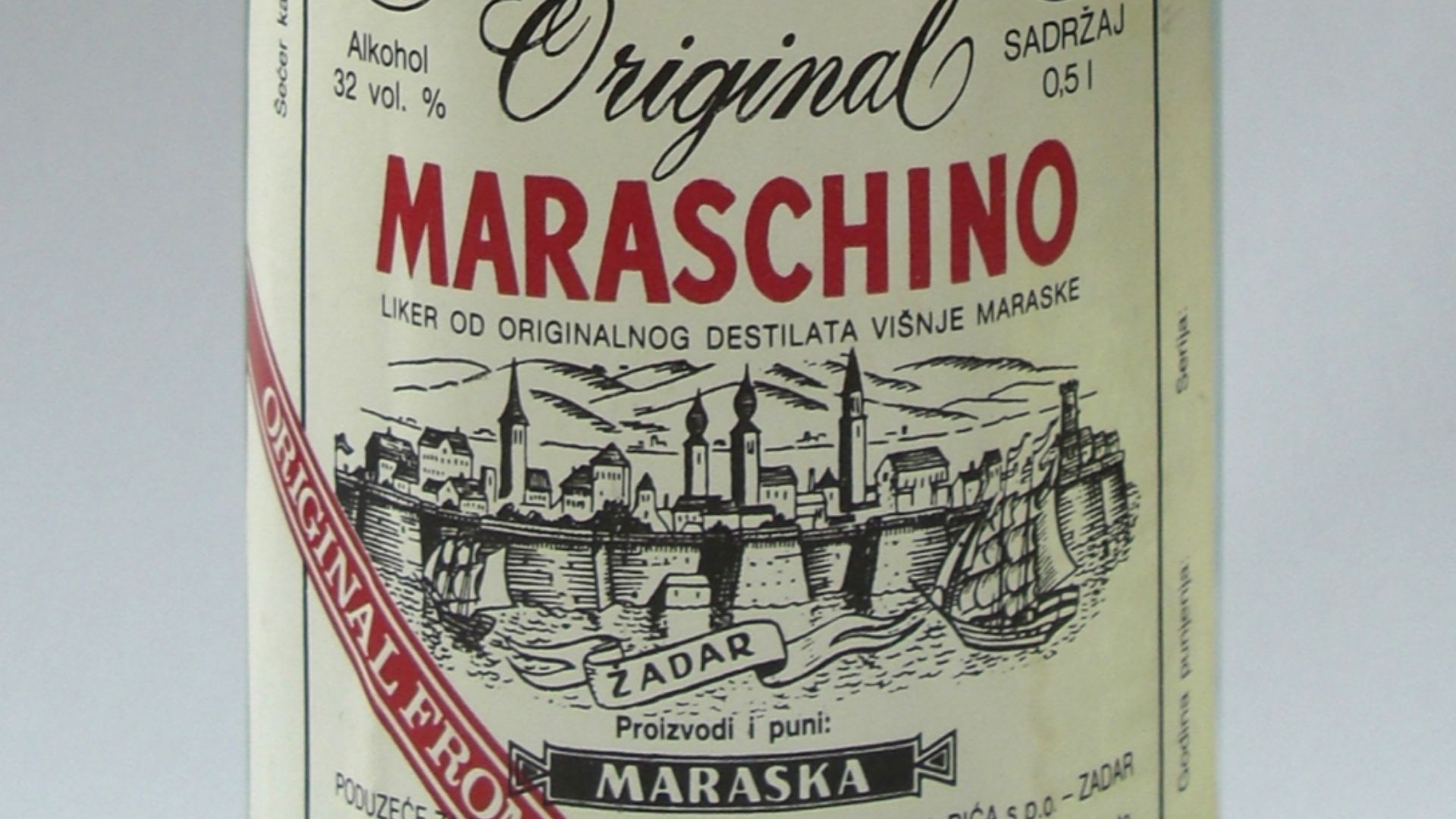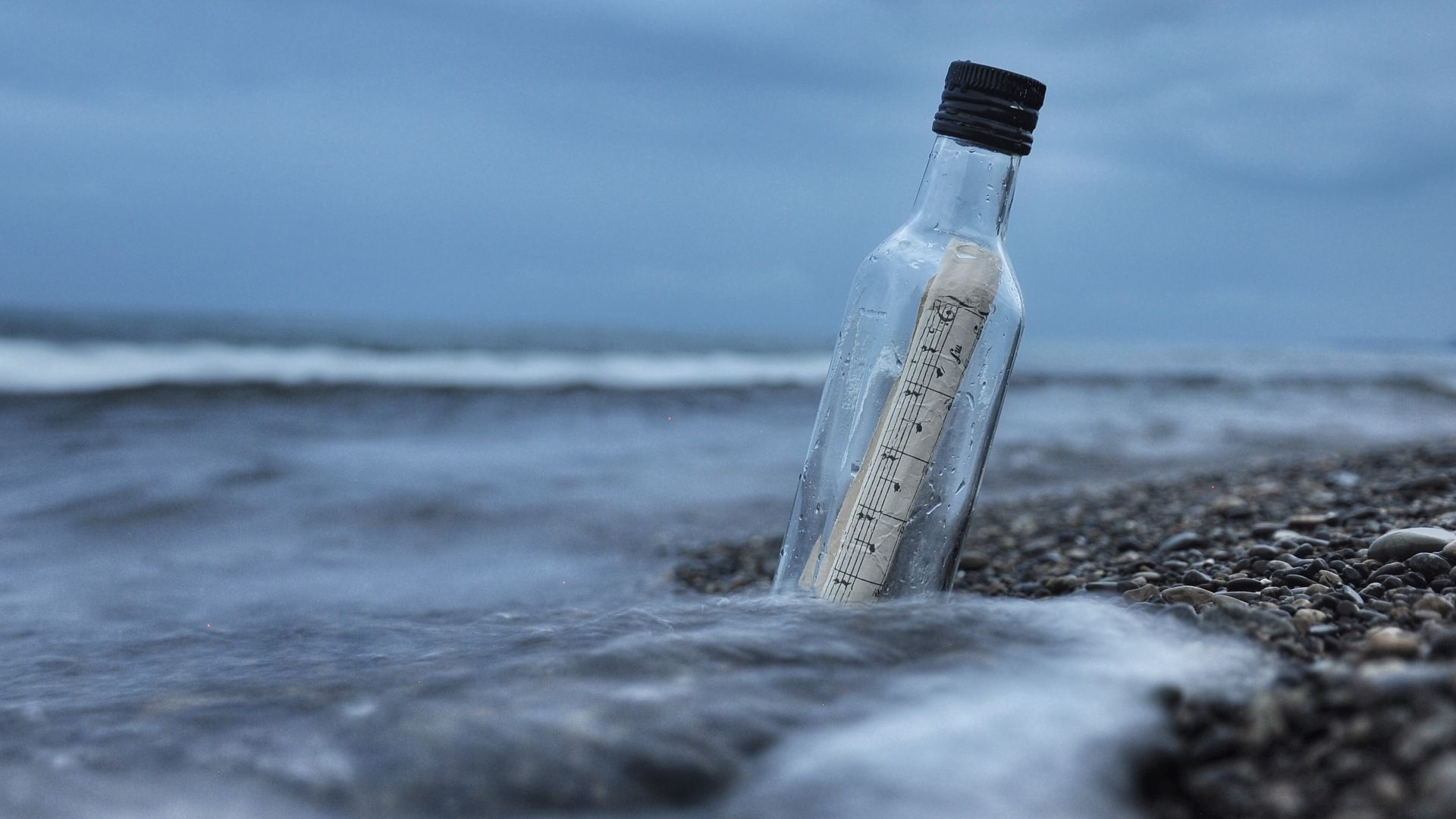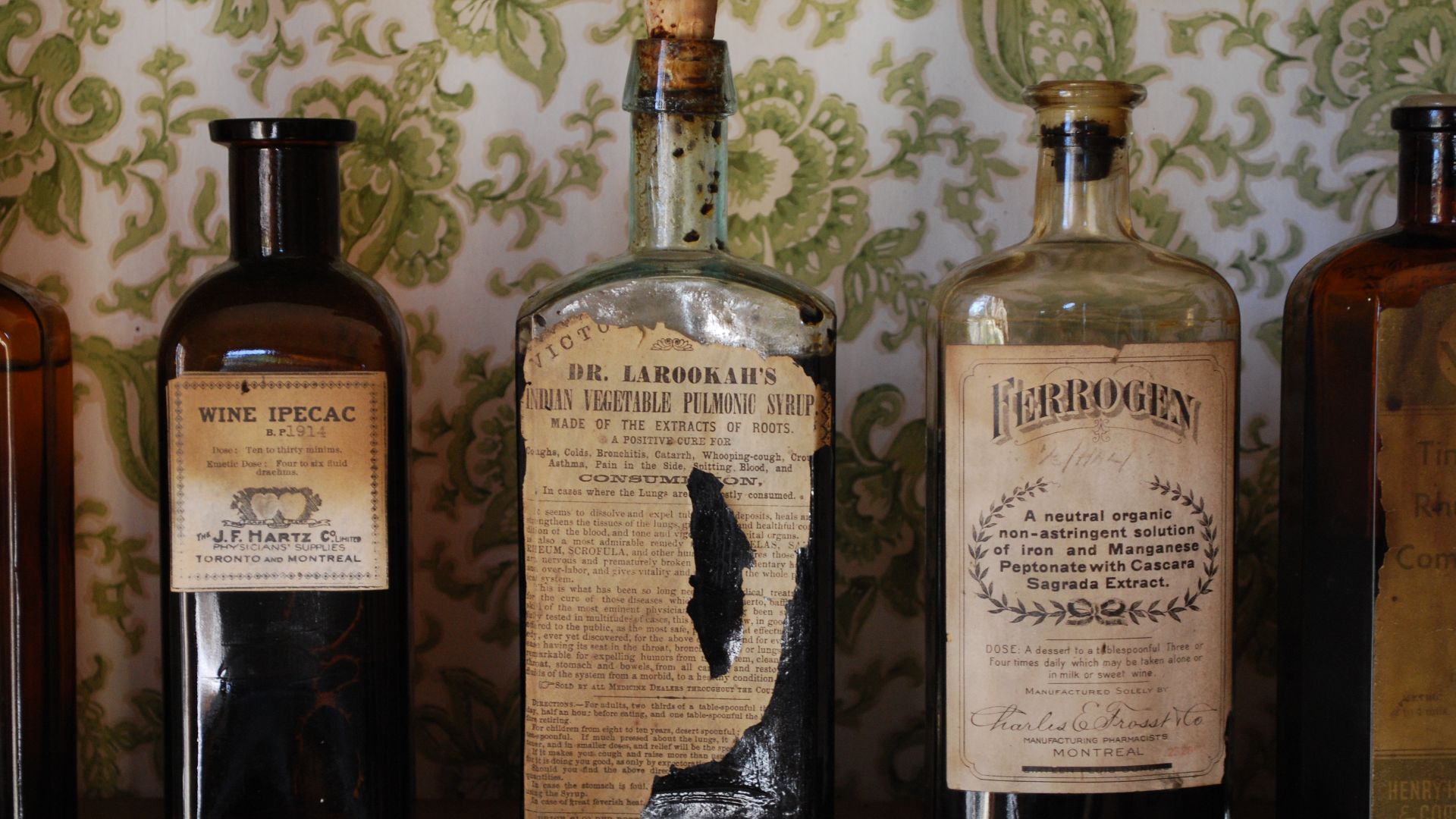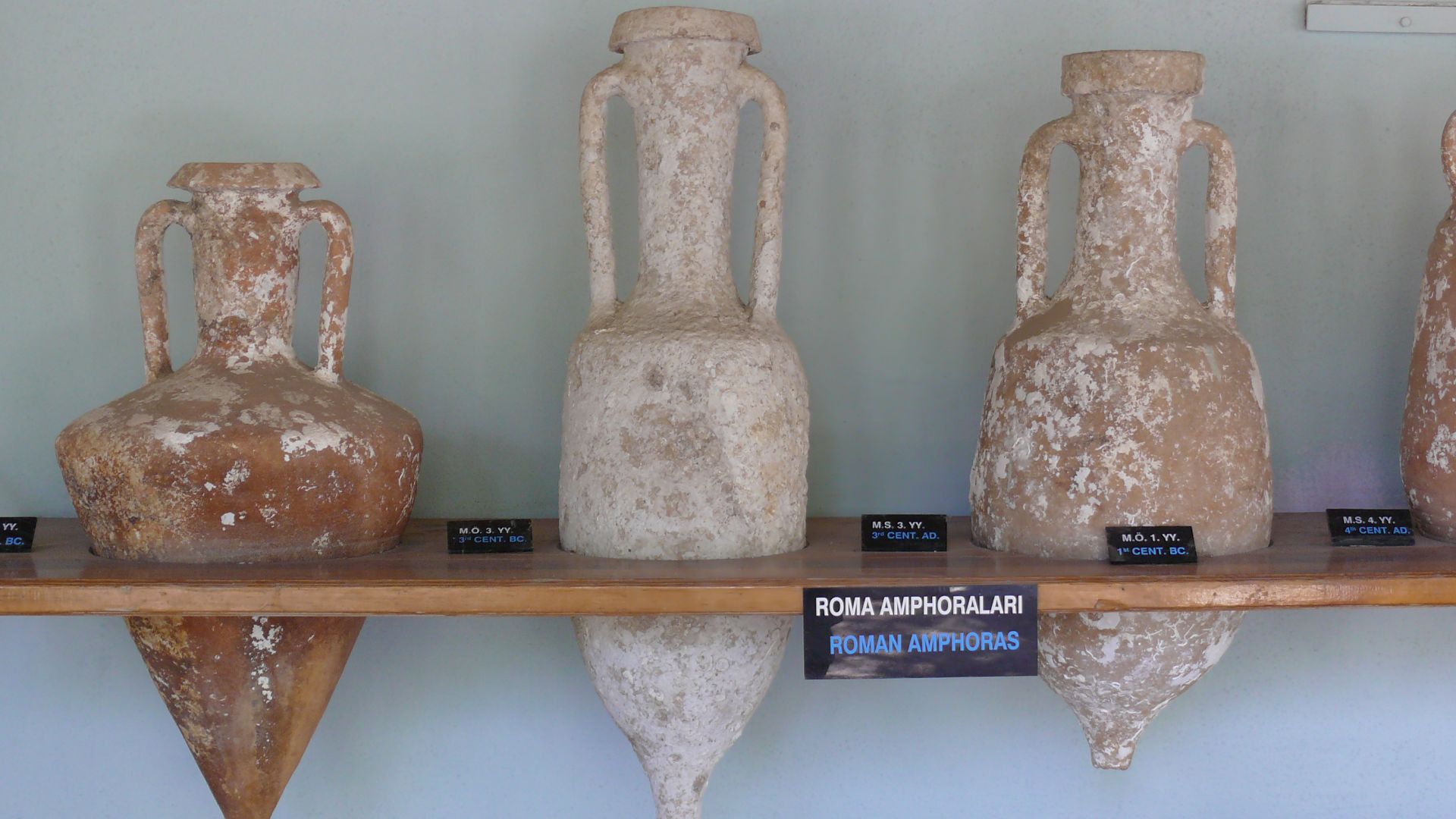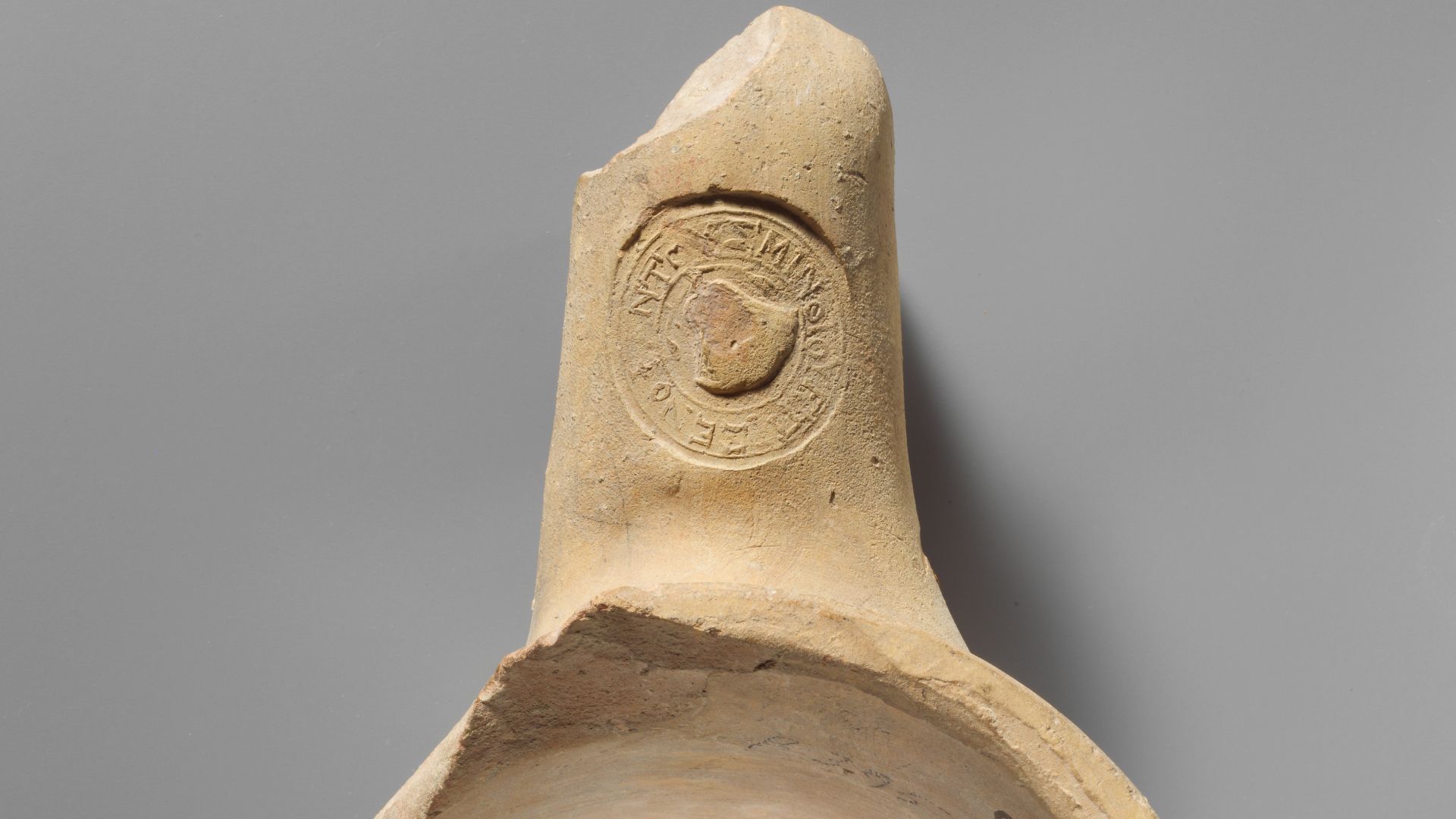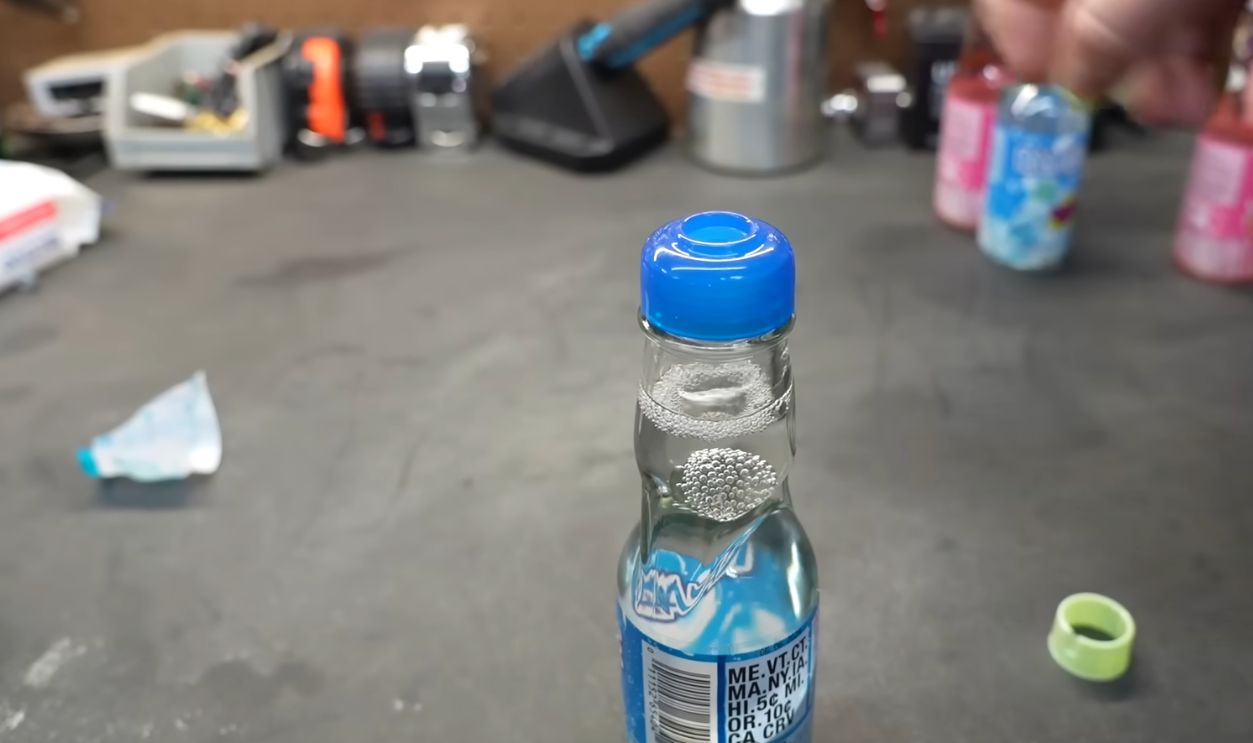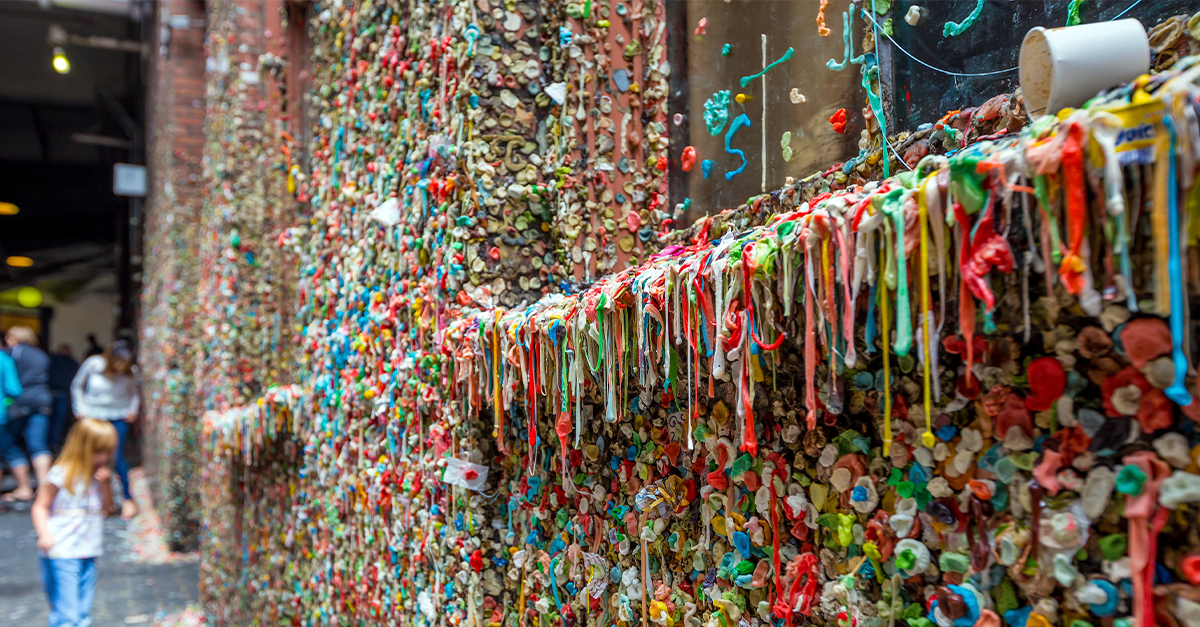Fragments Of Time
You never really know what the tide will bring. Maybe something shiny, perhaps something older than you’d guess. These weathered finds remind us that history just drifts back when the sea feels like sharing.

Maraschino Bottles (Austro-Hungarian Empire)
The prestigious Luxardo family established their liqueur factory in 1821 in Zara (now Zadar, Croatia), creating exquisite bottles that occasionally wash up on European shores. Their Maraschino was so exceptional that in 1829, it received official certification from the Emperor of Austria himself.
Maraschino Bottles (Cont.)
These rare Maraschino bottles once contained cherry liqueur made from wild Marasca cherries and represent one of the most valuable beach finds for collectors. One beachcomber's remarkable discovery of an intact bottle was so significant that it was returned to the Cosmacendi Palace in Zadar.
 Just marcia, Wikimedia Commons
Just marcia, Wikimedia Commons
Victorian Clay Marbles
That clay composition makes these antique marbles surprisingly durable despite decades or centuries in saltwater. Dating back to the 1800s, the small spheres were mass-produced as affordable toys compared to their glass counterparts. While most appear in natural earthy tones, some retain traces of their original colored glazes.
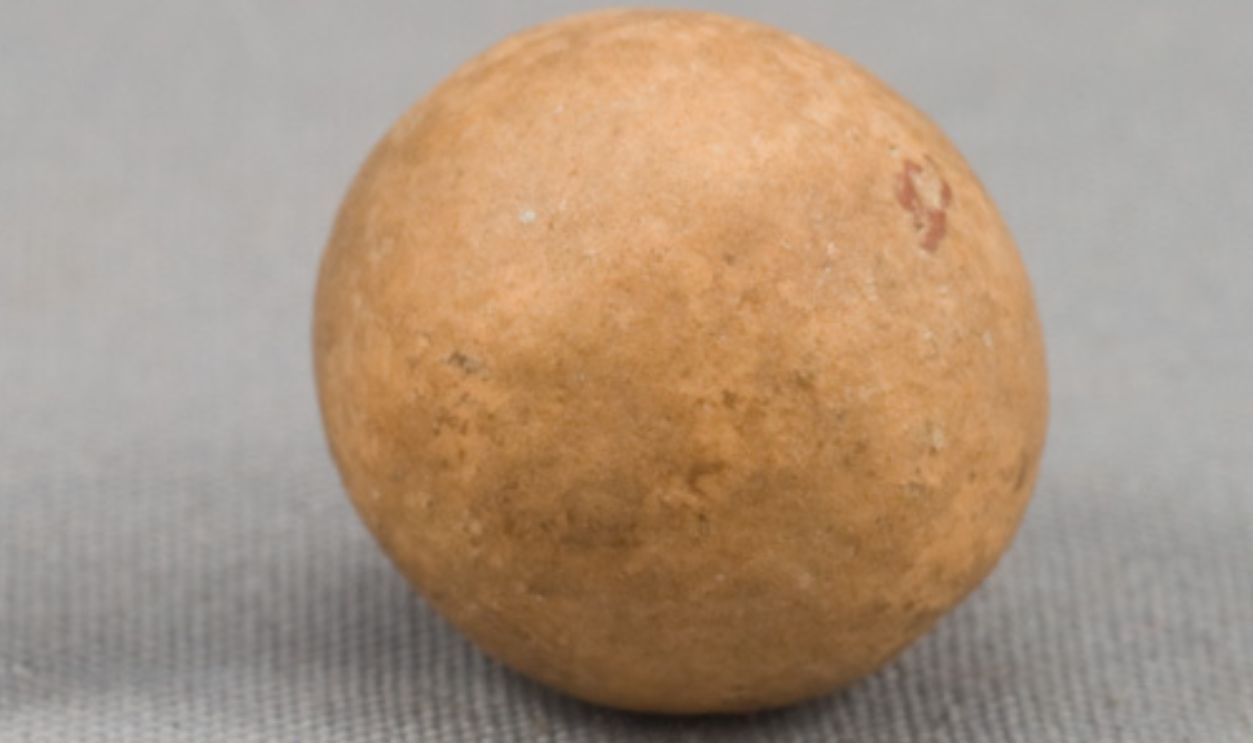 English: NPS Photo, Wikimedia Commons
English: NPS Photo, Wikimedia Commons
Victorian Clay Marbles (Cont.)
Before plastic dominated children's play, Victorian-era children enjoyed simple clay marbles that now occasionally wash up on beaches worldwide. Their presence often reveals former dumping areas or locations where children once played near the shore. Beachcombers prize these humble artifacts for the direct connection they provide to childhood pastimes.
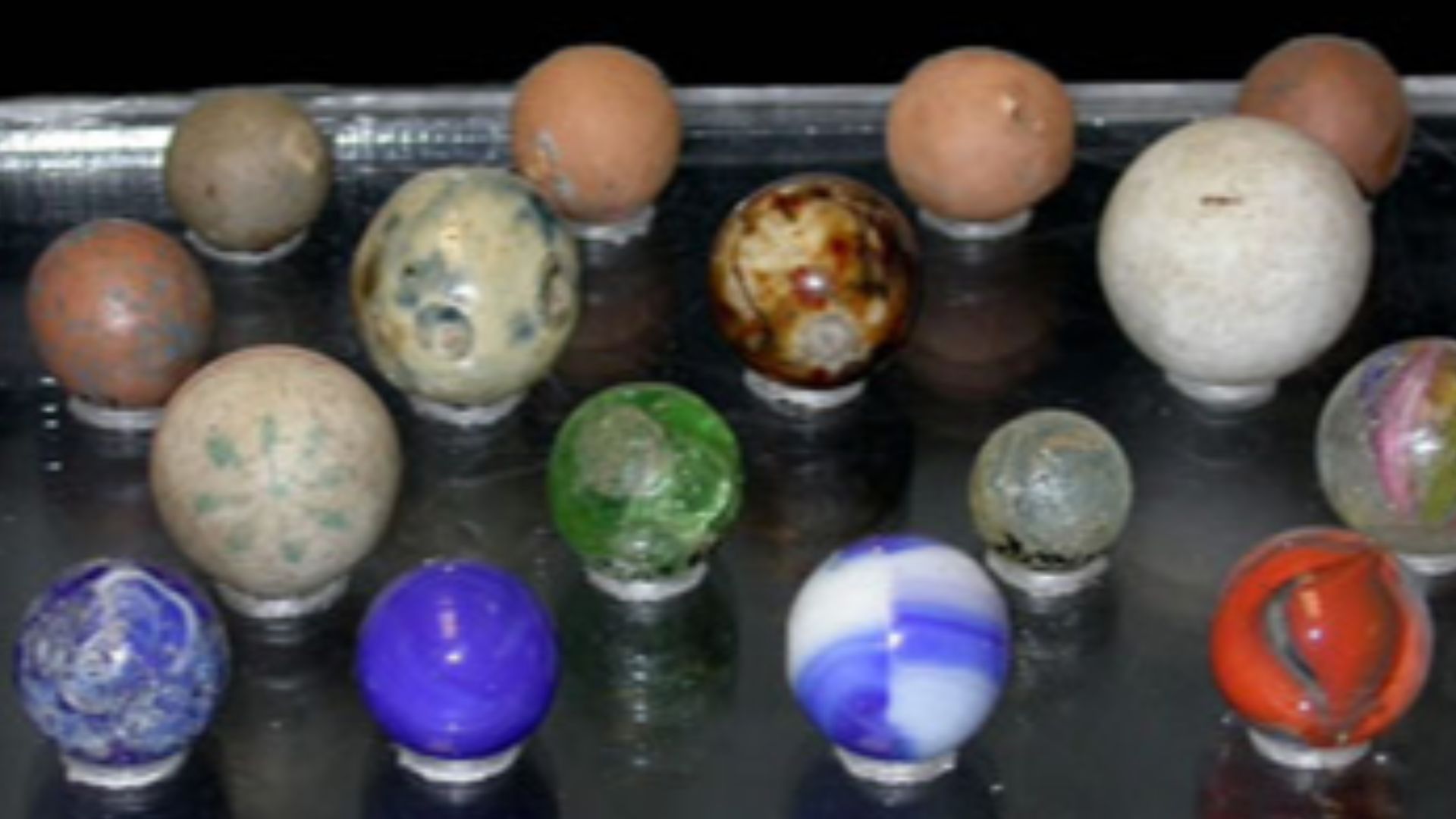 Fito hg~commonswiki, Wikimedia Commons
Fito hg~commonswiki, Wikimedia Commons
Shipwreck Timbers
Oak was the preferred wood for shipbuilding throughout much of maritime history, leaving behind distinctive remnants on beaches worldwide. Scientific analysis of recovered timbers reveals details. Tree-ring dating can pinpoint not just the age but also the geographic origin of the wood.
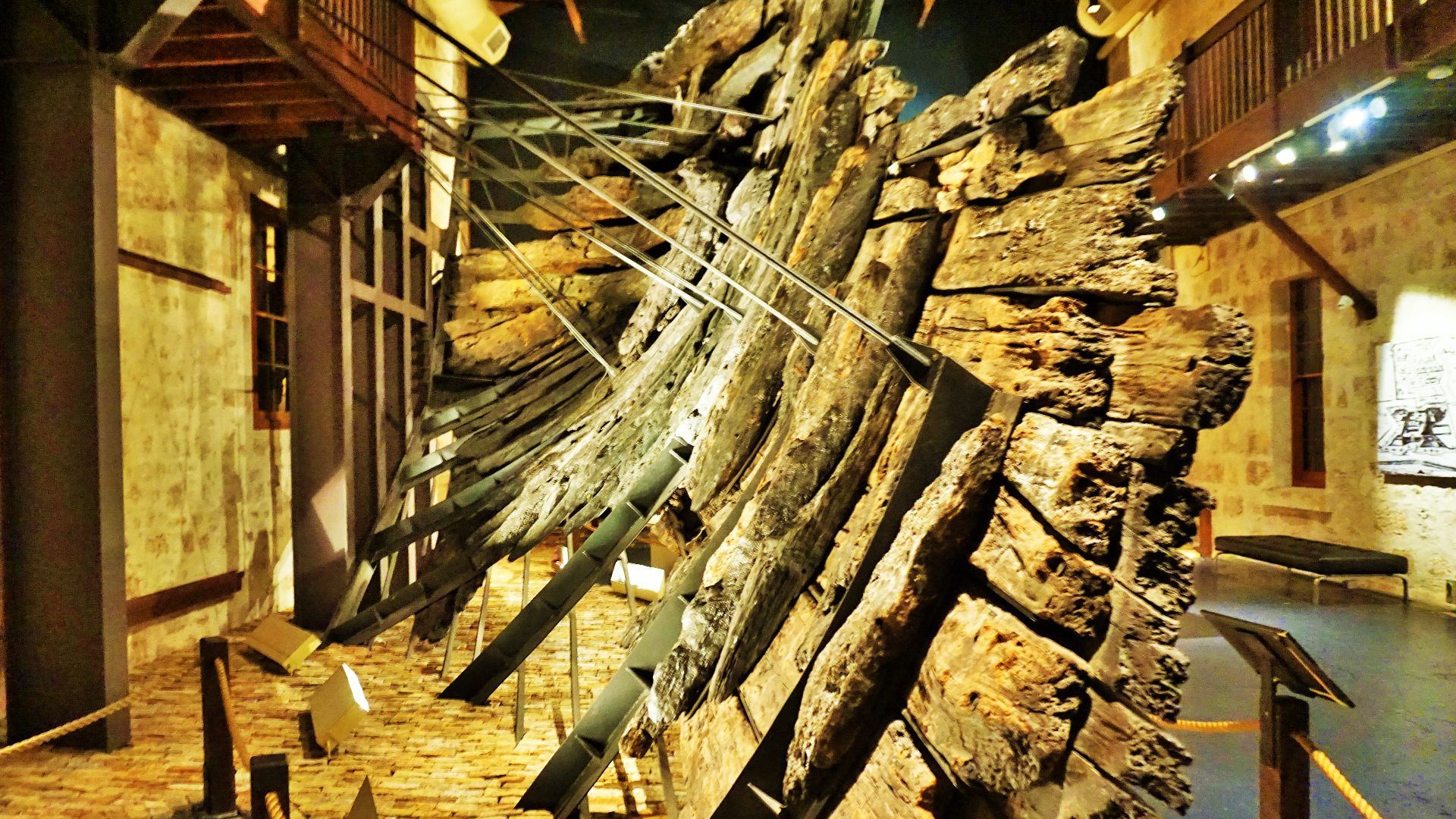 GordonMakryllos, Wikimedia Commons
GordonMakryllos, Wikimedia Commons
Shipwreck Timbers (Cont.)
After powerful storms, these historical fragments sometimes work loose from the seafloor and wash ashore. Each weathered piece of ship timber represents a small fragment of a larger maritime tragedy. Look for distinctive joinery methods like mortise and tenon connections or evidence of hand tools.
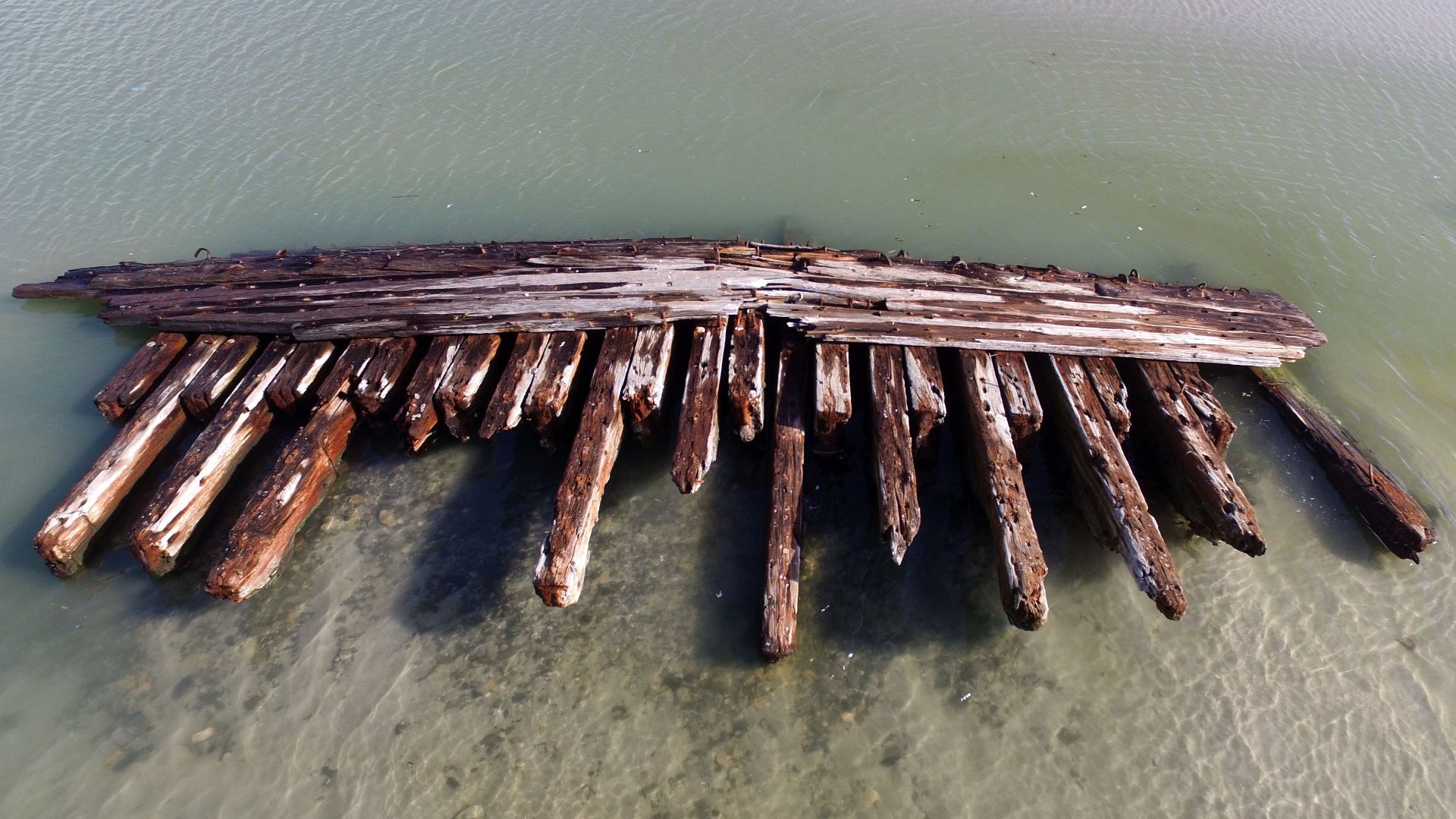 Tadpolefarm, Wikimedia Commons
Tadpolefarm, Wikimedia Commons
Centuries-Old Message
What should you do if you find a message in a bottle? Carefully dry the note without destroying it, as the paper will likely be fragile after extended exposure to seawater. In July 2024, a woman walking along New Jersey's Corson's Inlet State Park found what might become the new record-holder.
Centuries-Old Message (Cont.)
She found a bottle note potentially dating to 1876, which would make it the oldest ever discovered. These time capsules connect us directly with individuals who sailed generations ago. The world's current oldest verified message survived 131 years at sea before being discovered on an Australian beach in 2018.
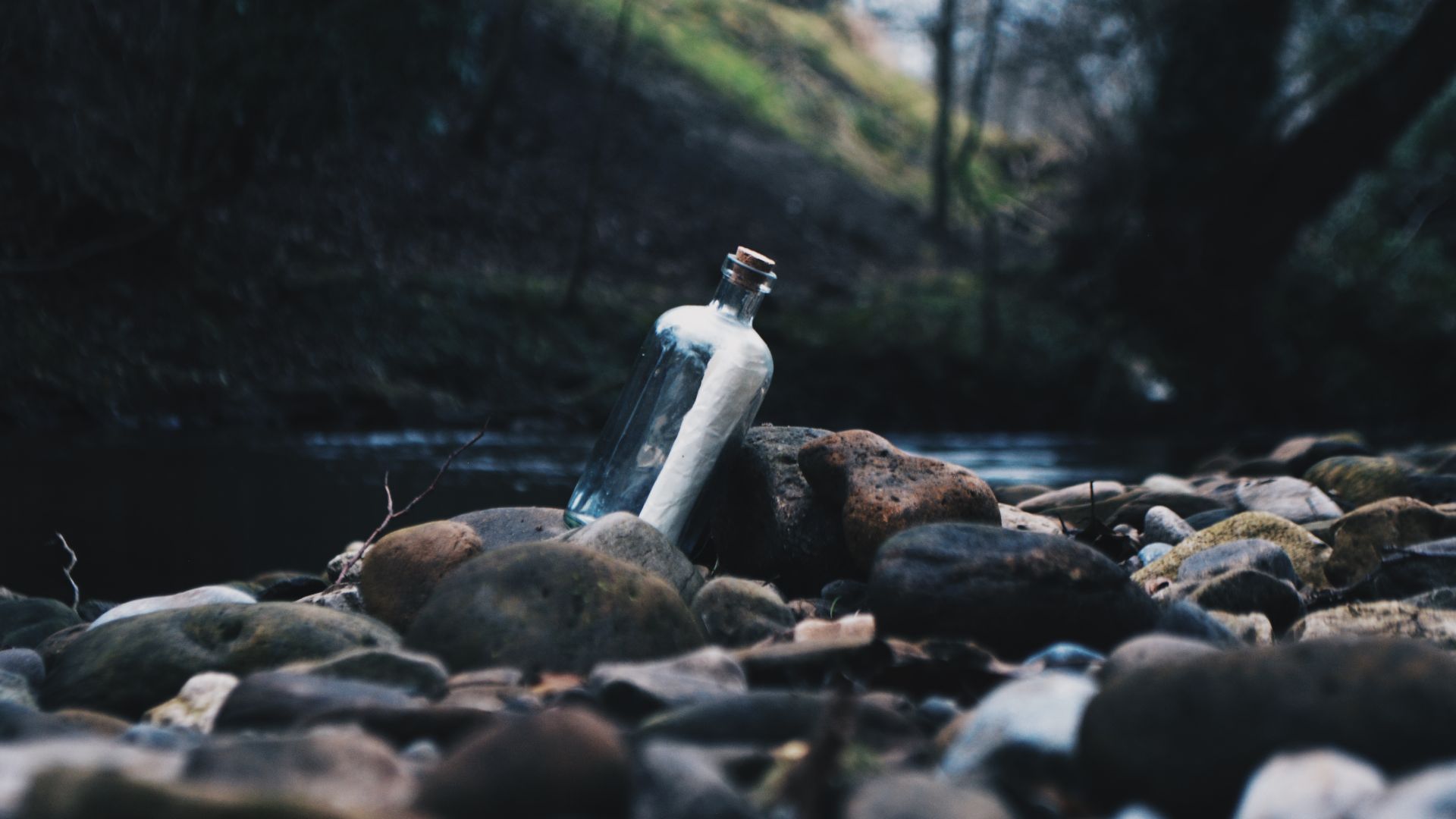 Andrew Measham andrewmeasham, Wikimedia Commons
Andrew Measham andrewmeasham, Wikimedia Commons
Apothecary Bottles
Pharmacists of the 19th century used distinctively shaped bottles to house their medicinal concoctions, many featuring embossed labels that help modern beachcombers identify their origins. One remarkable beach find was a "Creme Jris" bottle created by the German pharmacist Weiss & Co from Giessen, used for facial care products in the 1890s.
Lead Merchant Seals
Hidden among pebbles and shells, small lead discs with stamped markings once secured and authenticated commercial goods throughout the 17th–19th centuries. Before modern packaging, these seals were affixed to bales of cloth, tobacco, salt, and other trade commodities to indicate their origin, quality, and taxation status.
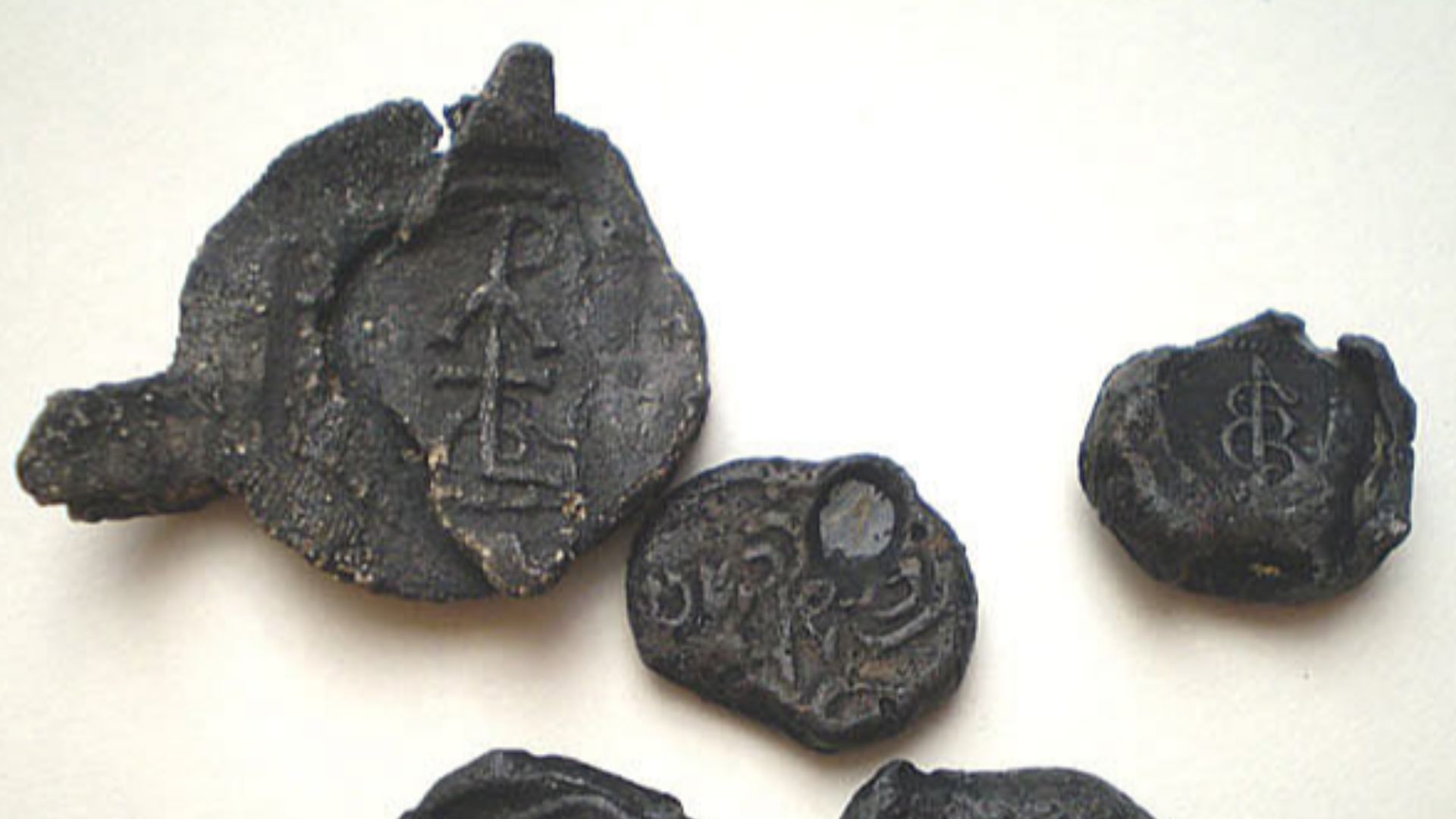 The Portable Antiquities Scheme, Jeffrey Hatt, 2006-10-15 12:21:36, Wikimedia Commons
The Portable Antiquities Scheme, Jeffrey Hatt, 2006-10-15 12:21:36, Wikimedia Commons
Lead Merchant Seals (Cont.)
The markings on these seals offer a direct window into historical commerce. Colonial-era examples might bear the insignia of trading companies, royal emblems, or merchant marks that can be traced to specific trading houses or manufacturing centers. Beach-found merchant seals are like miniature economic records.
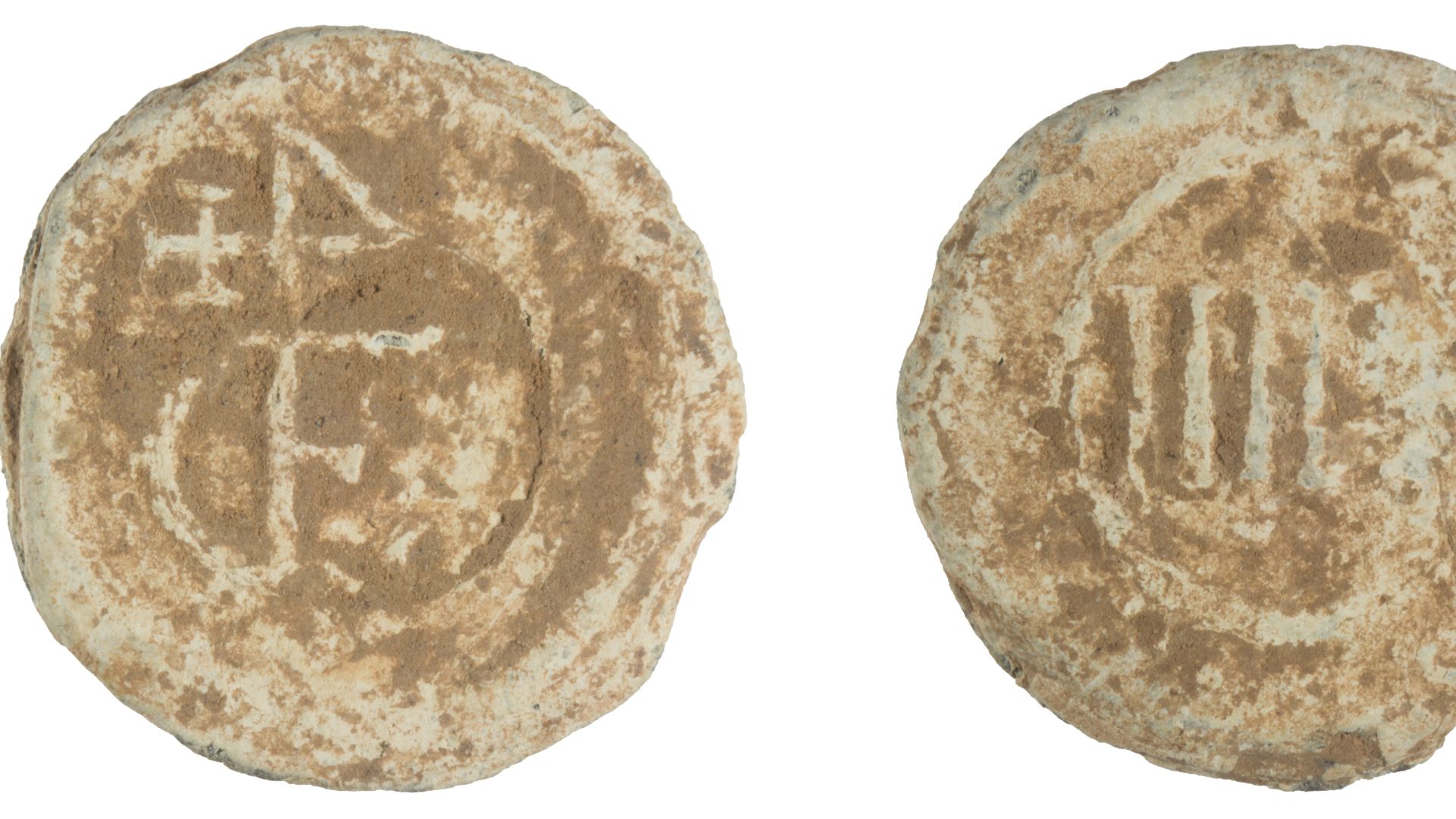 The Portable Antiquities Scheme, Andrew Williams, 2018-01-12 13:27:10, Wikimedia Commons
The Portable Antiquities Scheme, Andrew Williams, 2018-01-12 13:27:10, Wikimedia Commons
Roman Amphorae Fragments
The distinctive clay composition of Roman amphorae allows experts to determine not only their age but often their exact place of manufacture and what they once contained. Scientific analysis can detect residues of olive oil, wine, garum (fermented fish sauce), or other goods that were transported throughout the Mediterranean world.
Roman Amphorae Fragments (Cont.)
Nearly two millennia after they were made, fragments of Roman amphorae still occasionally appear on Mediterranean beaches following storms or erosion. These ceramic vessels were the shipping containers of the ancient world, used to transport goods throughout the Roman Empire.
Hand-Tooled Bottle Lips
Between 1870 and 1910, bottle manufacturing existed in a transitional period where bodies were mold-blown but necks were still finished by hand. Skilled craftsmen would apply a ring of hot glass around the bottle's mouth, then shape it with specialized tools to create distinctive lip profiles.
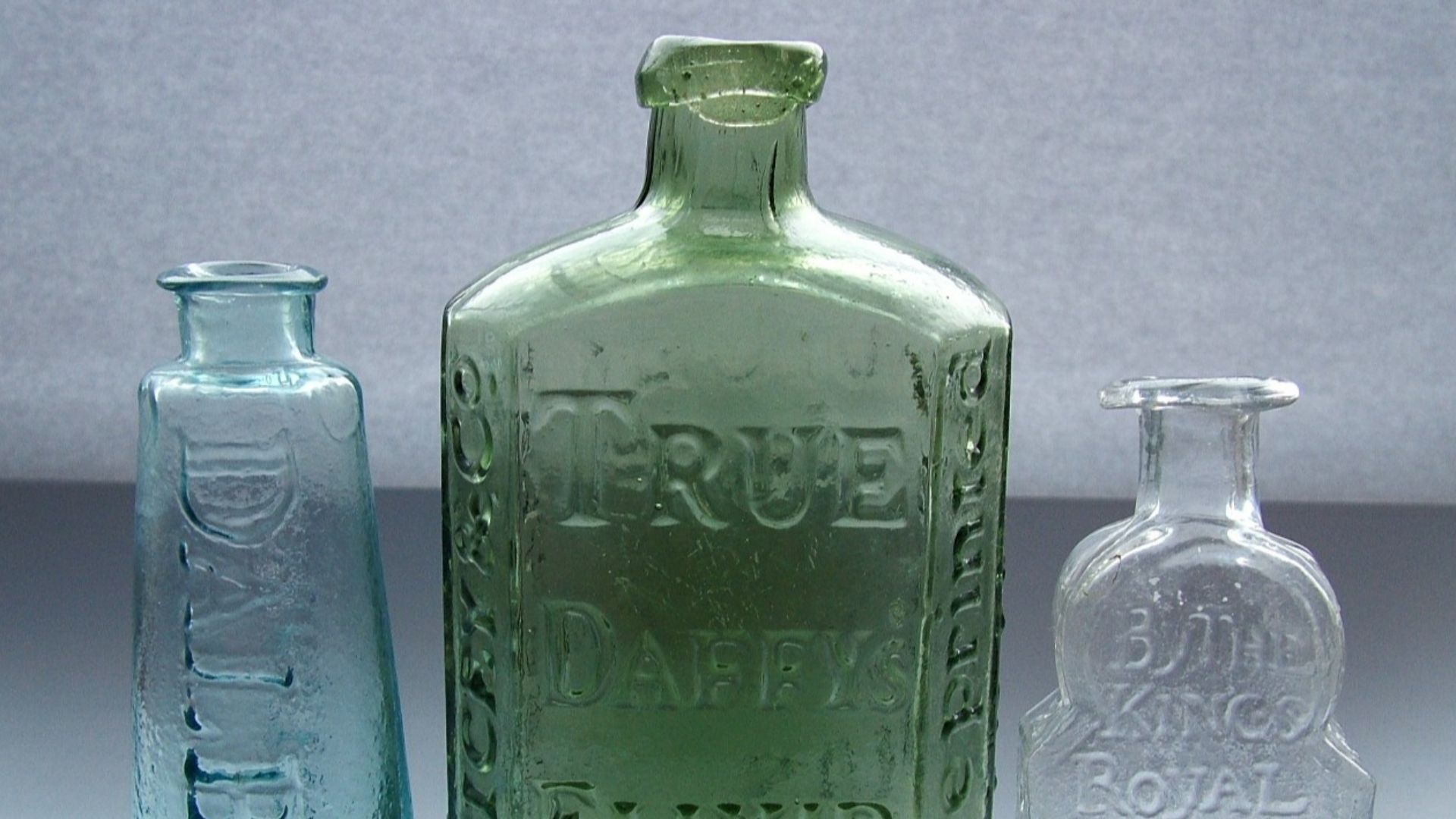 The original uploader was Deepestbluesea at English Wikipedia., Wikimedia Commons
The original uploader was Deepestbluesea at English Wikipedia., Wikimedia Commons
Cobalt Blue Bromo-Seltzer Bottles
The brilliant blue color that catches your eye among ordinary beach glass likely comes from a once-ubiquitous headache remedy. Manufactured in Baltimore between the turn of the century and the 1970s, Bromo-Seltzer bottles contained an antacid and pain reliever that dominated the American market.
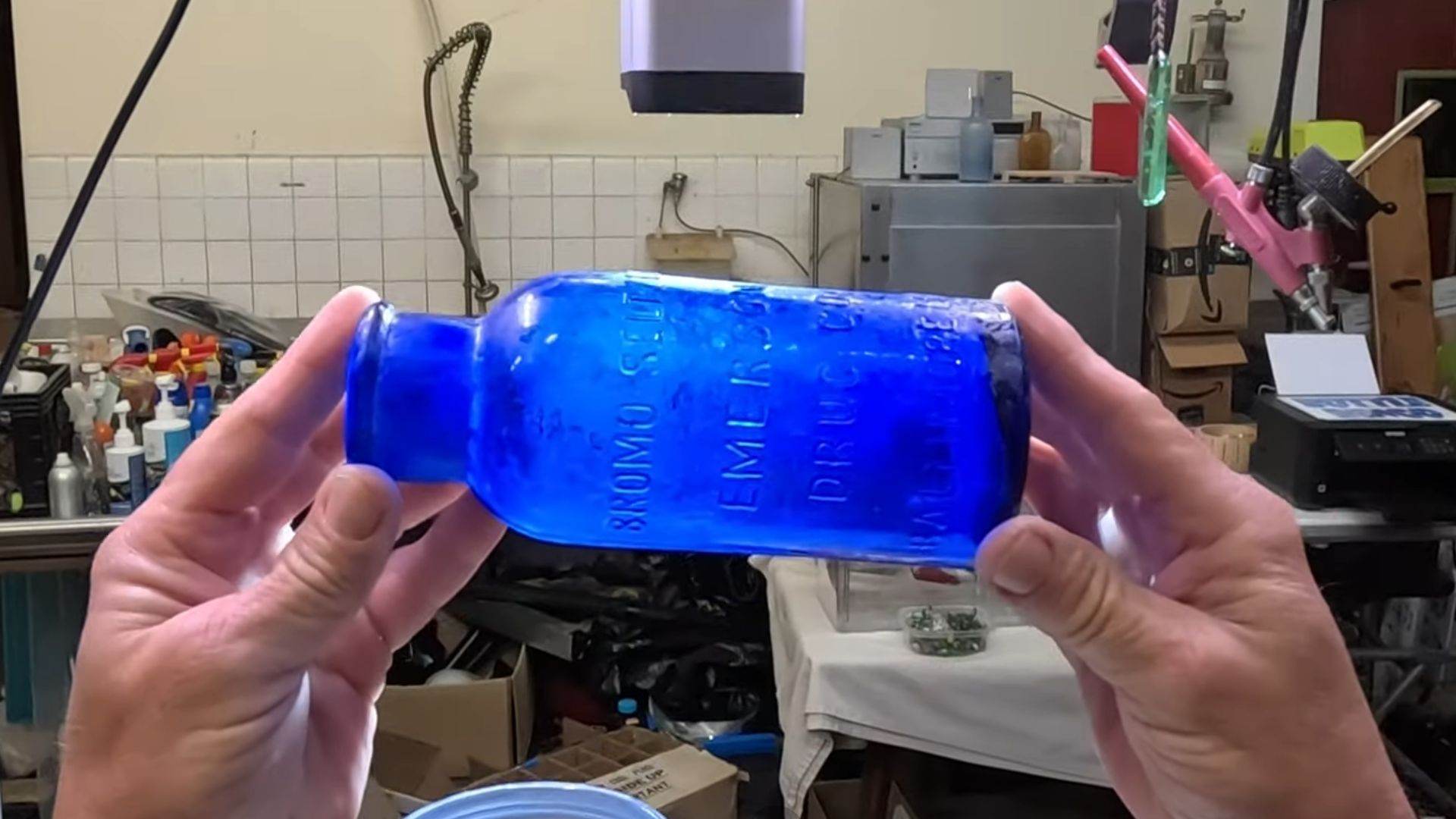 Bromo Seltzer by Adventure And Glass
Bromo Seltzer by Adventure And Glass
Antique Porcelain Doll Parts
The eeriest beach finds might be the tiny faces, arms, legs, and other body parts from porcelain dolls that emerge from the sand. These miniature appendages typically date back to the 19th century, when bisque porcelain dolls were popular children's toys and promotional items.
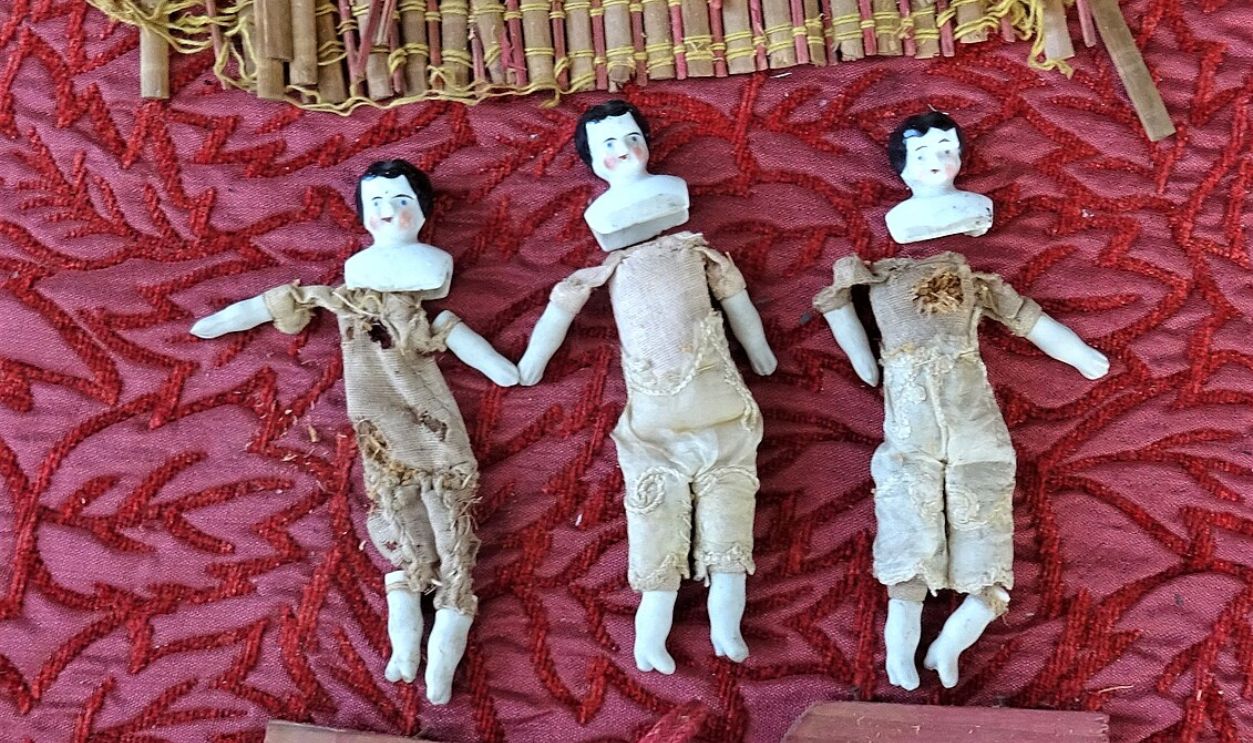 Rosser1954, CC BY-SA 4.0, Wikimedia Commons
Rosser1954, CC BY-SA 4.0, Wikimedia Commons
Antique Porcelain Doll Parts (Cont.)
Historical research highlights that many of these fragments originated from tiny "penny dolls" or "frozen Charlottes"—inexpensive porcelain figurines often given away with purchases of flour and other staples in the 1800s. One New England beachcomber collected hundreds of tiny porcelain body parts over decades.
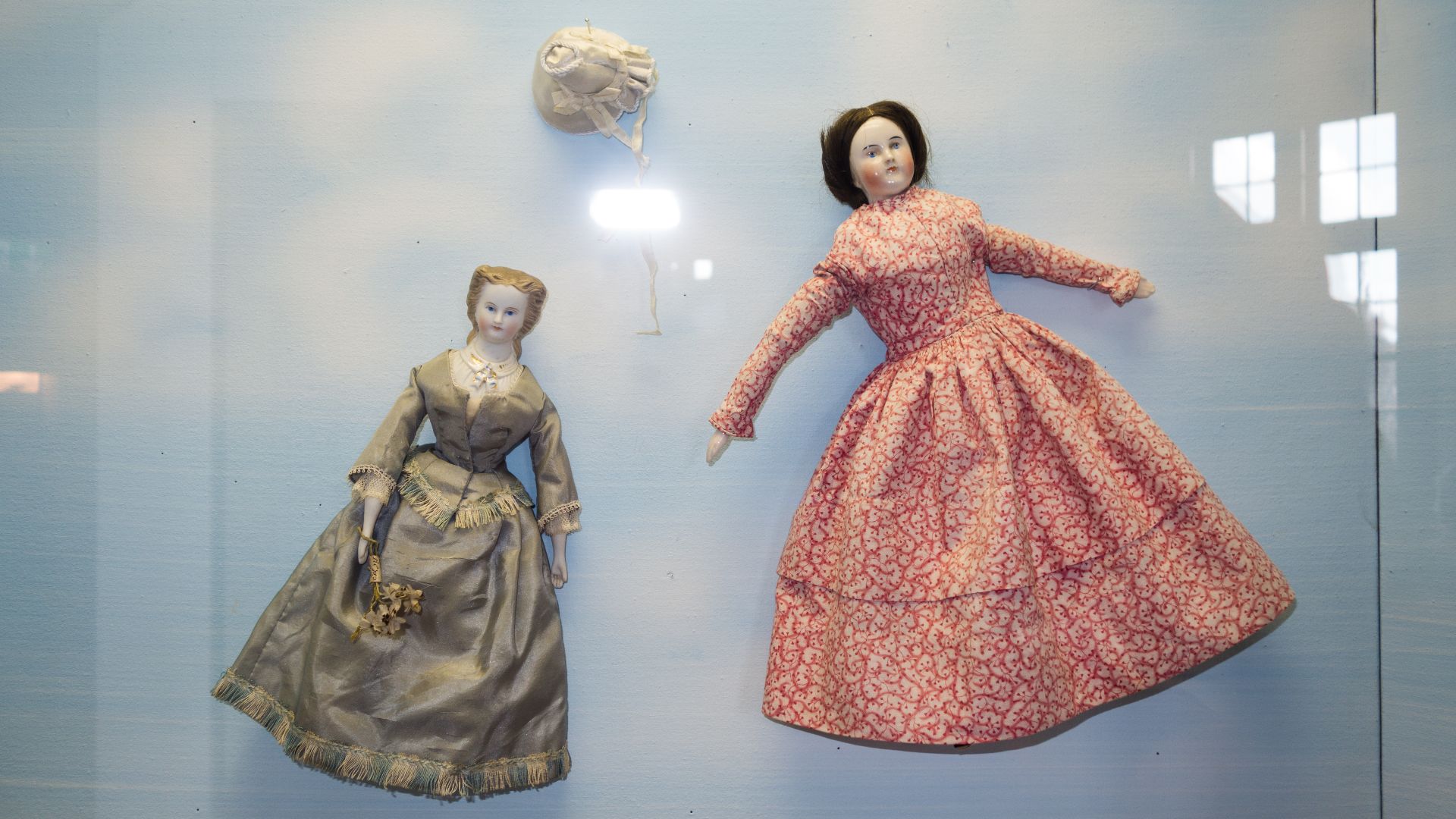 Thomas Quine, Wikimedia Commons
Thomas Quine, Wikimedia Commons
Sea Glass From Pre-1900s Windows
The most prized sea glass specimens often come not from bottles but from windows manufactured before the 20th century. Unlike the green and brown bottle glass commonly found, window fragments appear in subtle aqua tints resulting from iron impurities in the sand used for glass production.
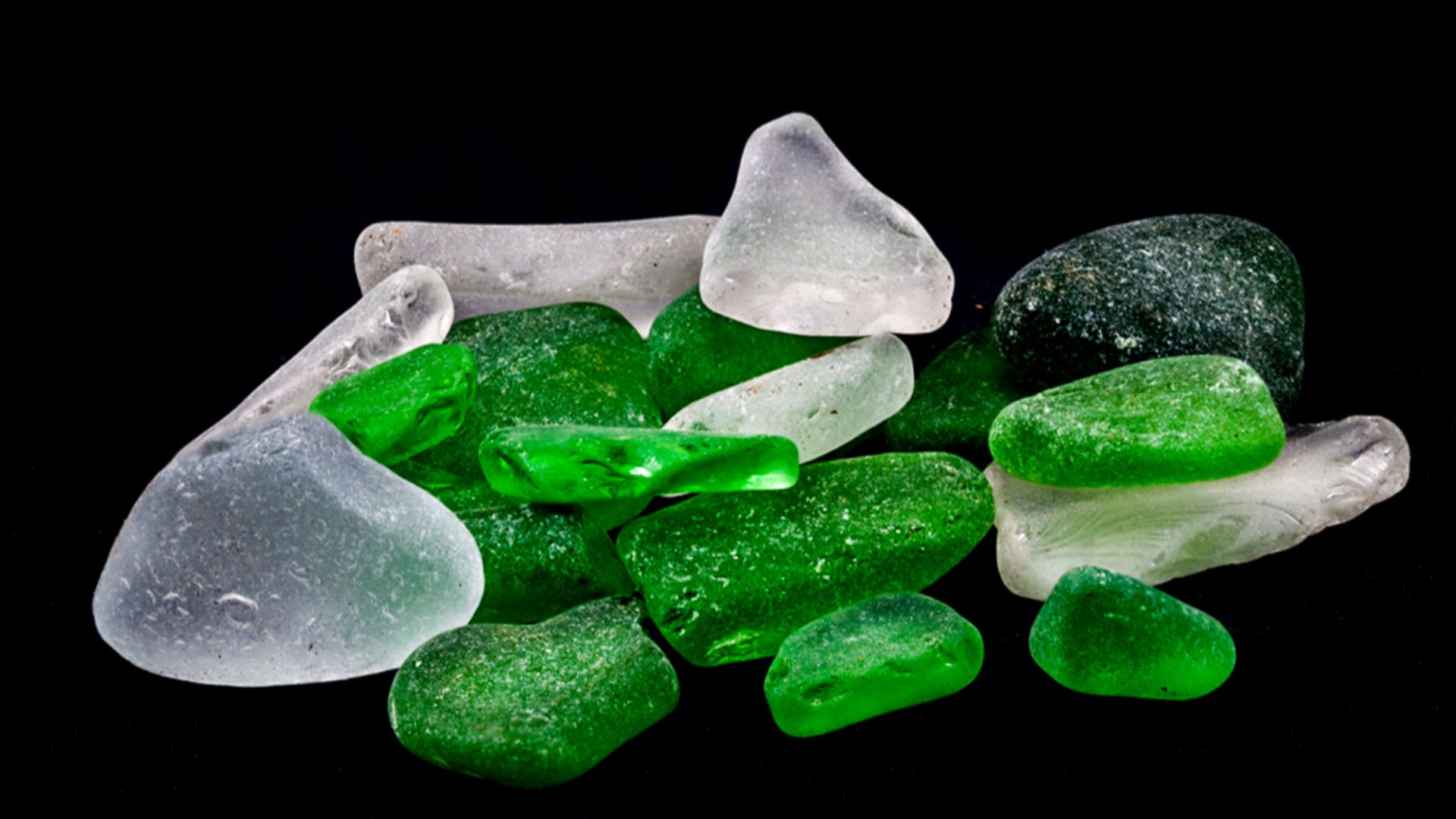 Paul VanDerWerf, Wikimedia Commons
Paul VanDerWerf, Wikimedia Commons
Codd Marble Bottle Stoppers
In 1870, Hiram Codd revolutionized carbonated beverage packaging with his patented marble-stoppered bottle design. These ingenious containers used the beverage's own carbonation pressure to push a glass marble against a rubber ring in the bottle neck, creating a perfect seal.
Ancient Coins
Currency tells stories that span centuries, with each beach-found coin representing economic systems, rulers, and trade networks long vanished. Spanish pieces of eight—silver coins minted from the 16th to 19th centuries—occasionally appear along Florida's coastline and throughout the Caribbean, having spilled from numerous shipwrecks, including the famous 1715 Treasure Fleet.
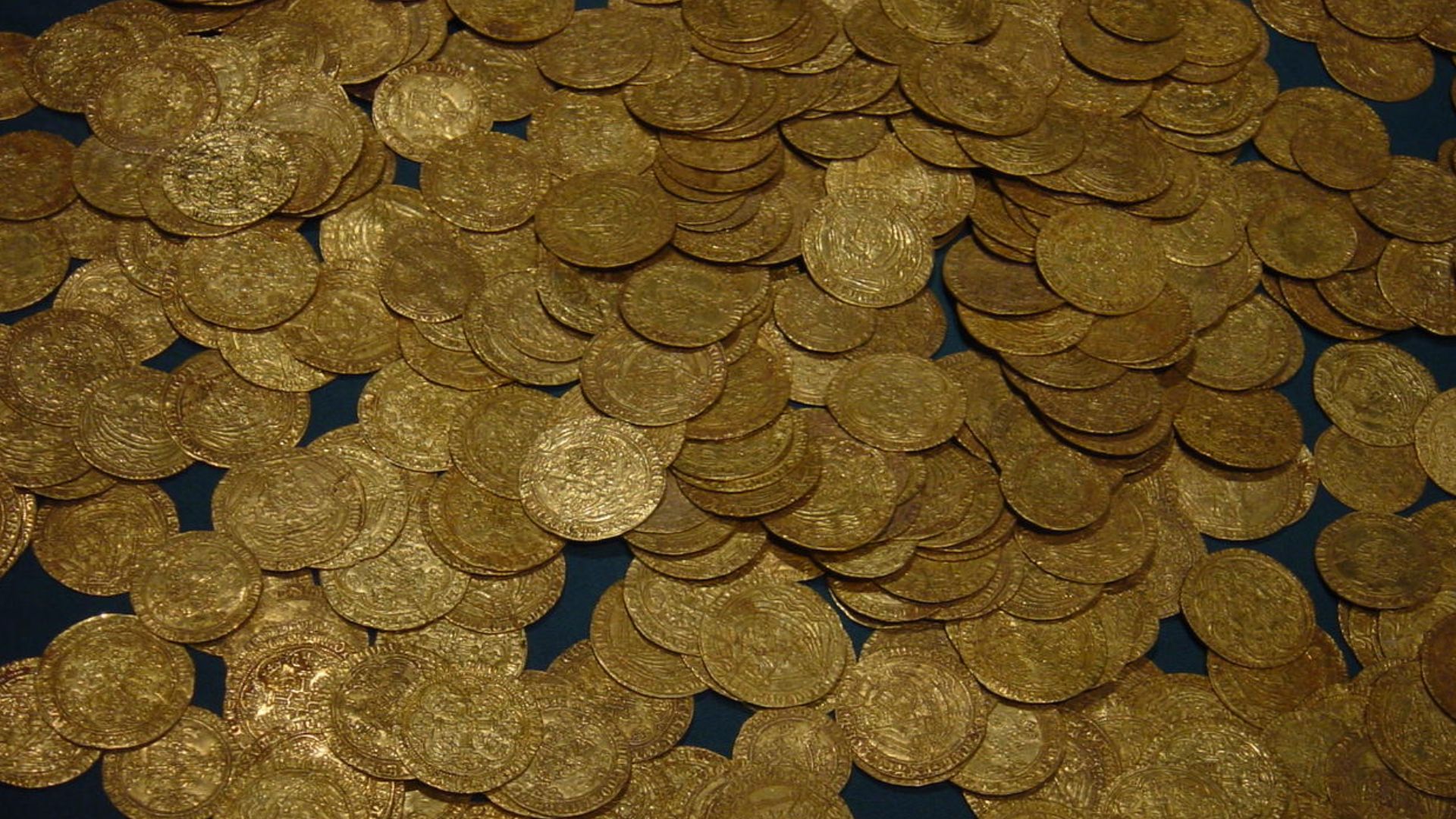 Saperaud~commonswiki, Wikimedia Commons
Saperaud~commonswiki, Wikimedia Commons
Ancient Coins (Cont.)
Delaware Seashore State Park contains a stretch of sand nicknamed "Coin Beach" where metal detectorists regularly discover historic currency. While modern coins dropped by beachgoers dominate the findings, colonial-era copper pennies and silver coins continue to emerge after storms. The preservation level varies.
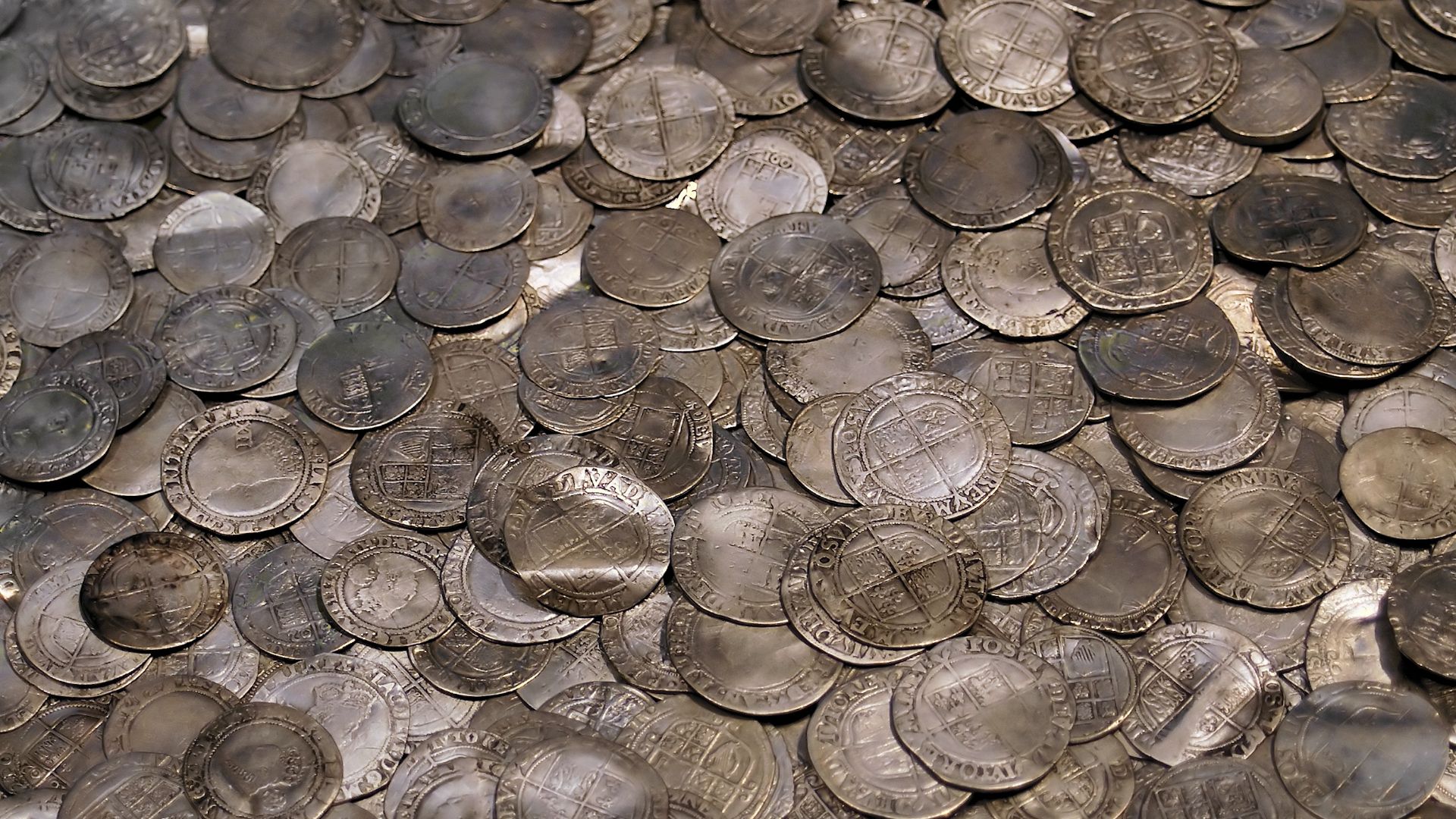 Hans Hillewaert, Wikimedia Commons
Hans Hillewaert, Wikimedia Commons
Fossilized Shark Teeth
Long before humans created artifacts that would wash ashore, sharks were losing teeth that would eventually become beach treasures. These distinctive triangular fossils found along coastlines worldwide aren't technically antiques but rather prehistoric relics, with some specimens dating back 20–25 million years.
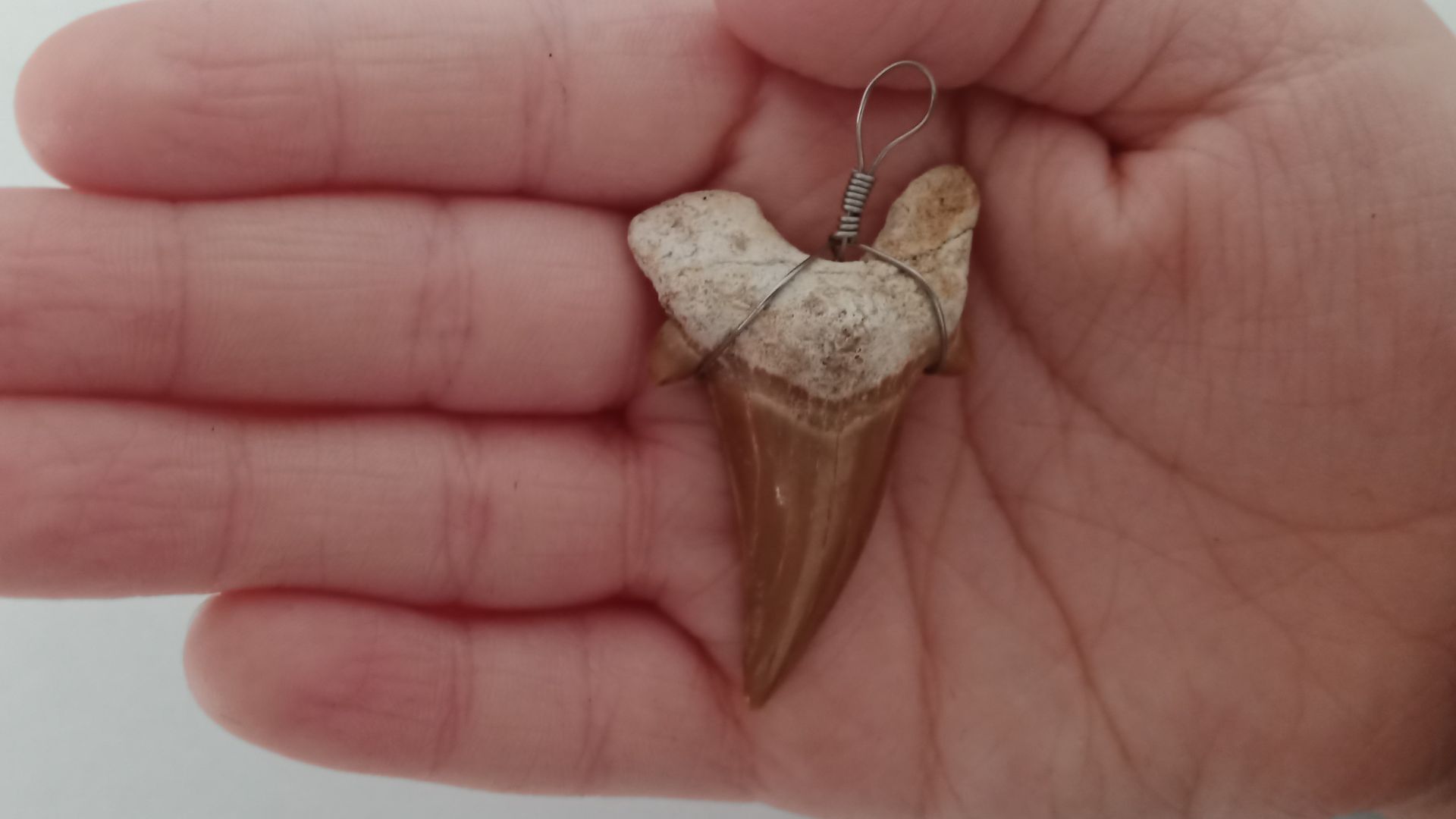 Luckybadger69, Wikimedia Commons
Luckybadger69, Wikimedia Commons
Fossilized Shark Teeth (Cont.)
Certain beaches along the Atlantic coastline, particularly in Virginia, Maryland, and Florida, have earned reputations as premier shark tooth hunting grounds. The coloration provides clues to a tooth's age—the darker the specimen, the older it likely is, with black teeth having undergone complete mineralization over millions of years.
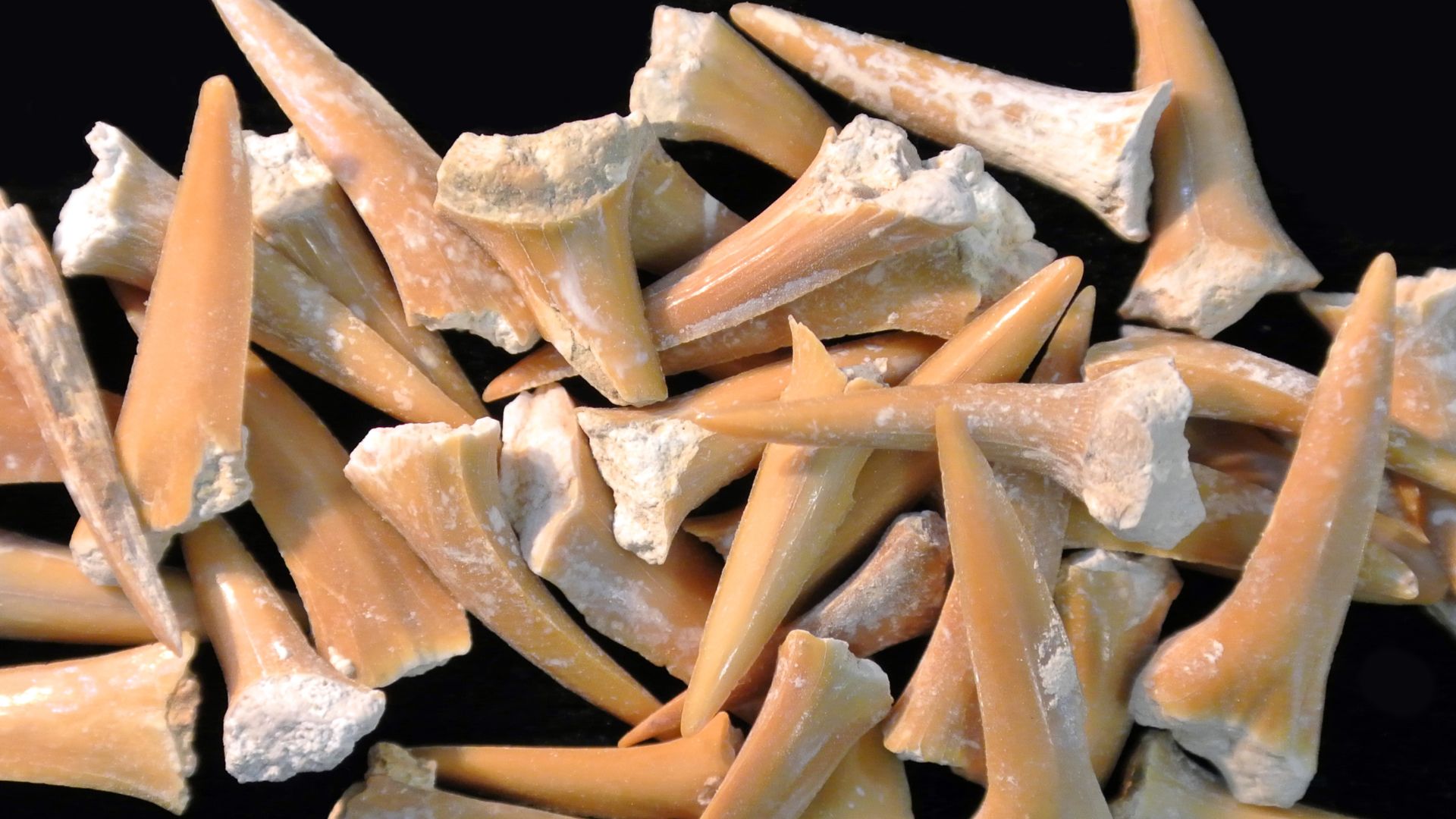 Wilson44691, Wikimedia Commons
Wilson44691, Wikimedia Commons
Devonian-Age Petoskey Stones
Michigan's state stone washes up along the northern Lake Michigan shoreline, drawing collectors to comb the beaches each spring. These fossils are colonial rugose corals that lived approximately 350 million years ago during the Devonian period, when much of the American Midwest was covered by warm, shallow seas.
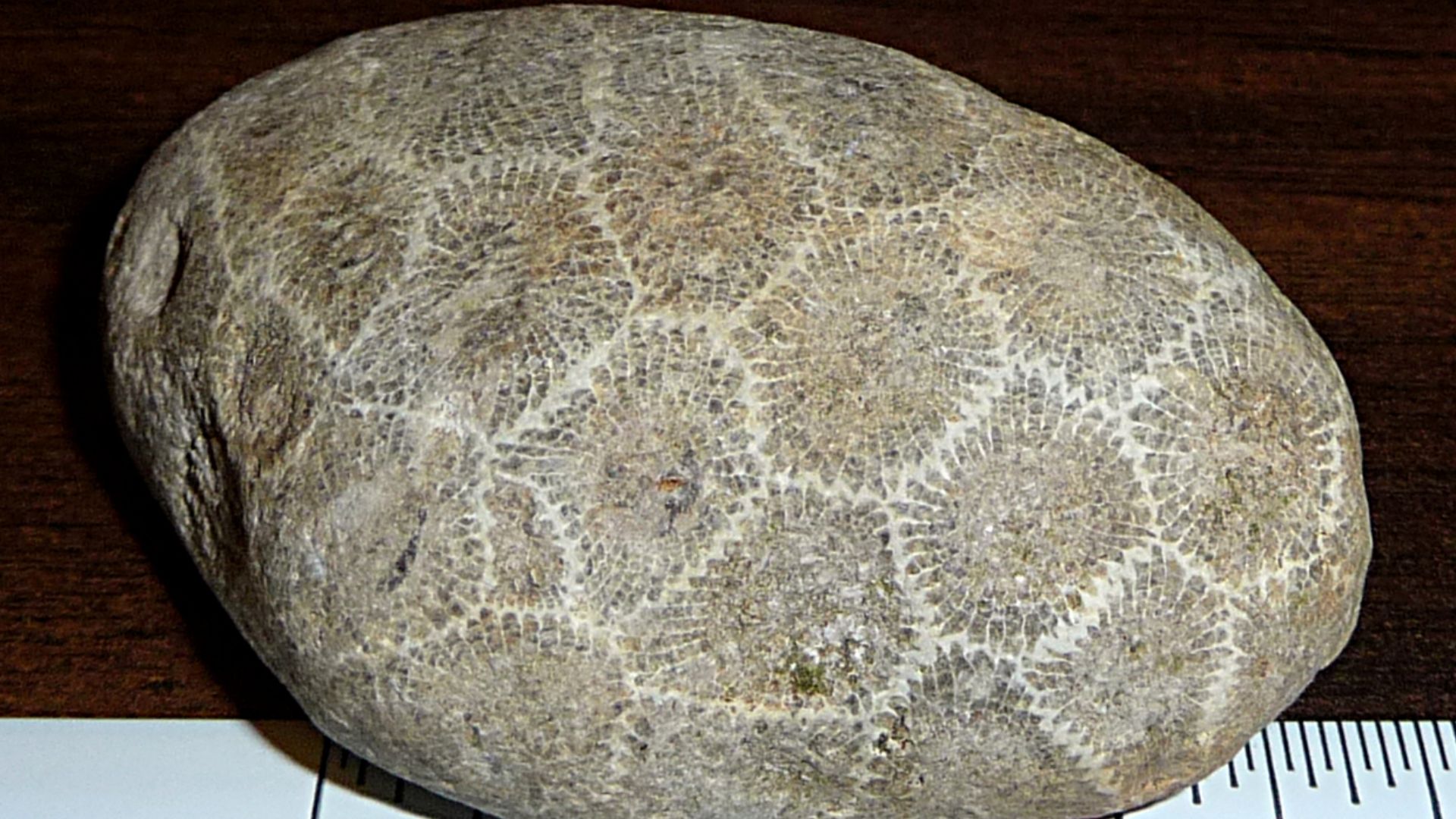 David J. Fred (Dfred), Wikimedia Commons
David J. Fred (Dfred), Wikimedia Commons


